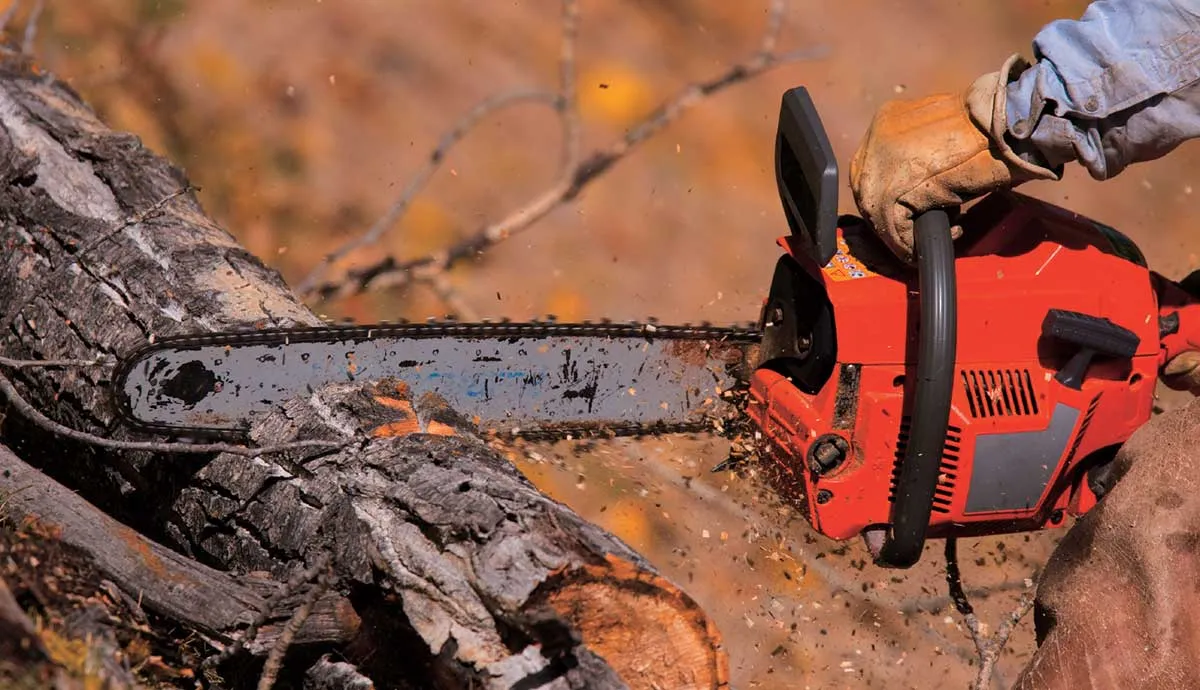挑战
A leading North American manufacturer of home power tools sought a new solution for producing the “boot,” or soft protective cover, for several of its power saw product lines. The design team had two objectives: improve vibration damping performance of the boot to deliver a better user experience, and streamline manufacturing of the part to reduce system costs.
At the time, the boot was injection molded from acrylonitrile-ethylene-styrene (AES) as a standalone part and assembled to the housing separately. The company foresaw that integrating this step into the molding process for the saw housing would cut assembly time and overall costs.
At the same time, adding a softer material could increase damping performance, which can help power tool users avoid health issues such as carpal tunnel syndrome and tendinitis related to constant vibration.
However, before making a change involving investment in new tooling and processing expertise, the company wanted to be confident that the solution would make sense from an economic perspective.
解决方案
The manufacturer began working with Avient to find a thermoplastic elastomer (TPE) solution to meet its dual requirements. Avient’s team recommended the use of overmolding (two-shot injection molding) to integrate the boot with the saw housing, and trialed several products before customizing a grade from its portfolio. This TPE provided a lower durometer than AES for enhanced vibration damping combined with durability for demanding use conditions.
While pleased with the material’s performance, the company still needed to verify that a substantial investment in overmolding – including tooling and testing – would pay off in lower system costs. Avient gathered detailed data from this customer’s production facility in Mexico and helped them calculate and compare the costs of the two solutions.
These calculations showed that the new TPE would deliver significant cycle time efficiencies and reduced scrap rates, more than offsetting its slightly higher material cost and higher specific gravity. As a result, the manufacturer made the decision to move forward. Currently, the company is producing 800,000 housings annually using the specialty TPE material.
影响
The TPE grade surpassed the performance of the previous material and allowed the manufacturer to introduce a more efficient production process. Overmolding instead of standalone molding streamlined production and eliminated secondary assembly steps. This cut cycle time by 27 percent. Adding to the overall value of the solution, the TPE yields significantly less scrap than the previously used AES material.
The manufacturer expects to save more than $55,000 per year, achieving ROI for the new solution within 12 months. Equally important, the manufacturer added value to its products by reducing vibration for a more pleasant user experience.

